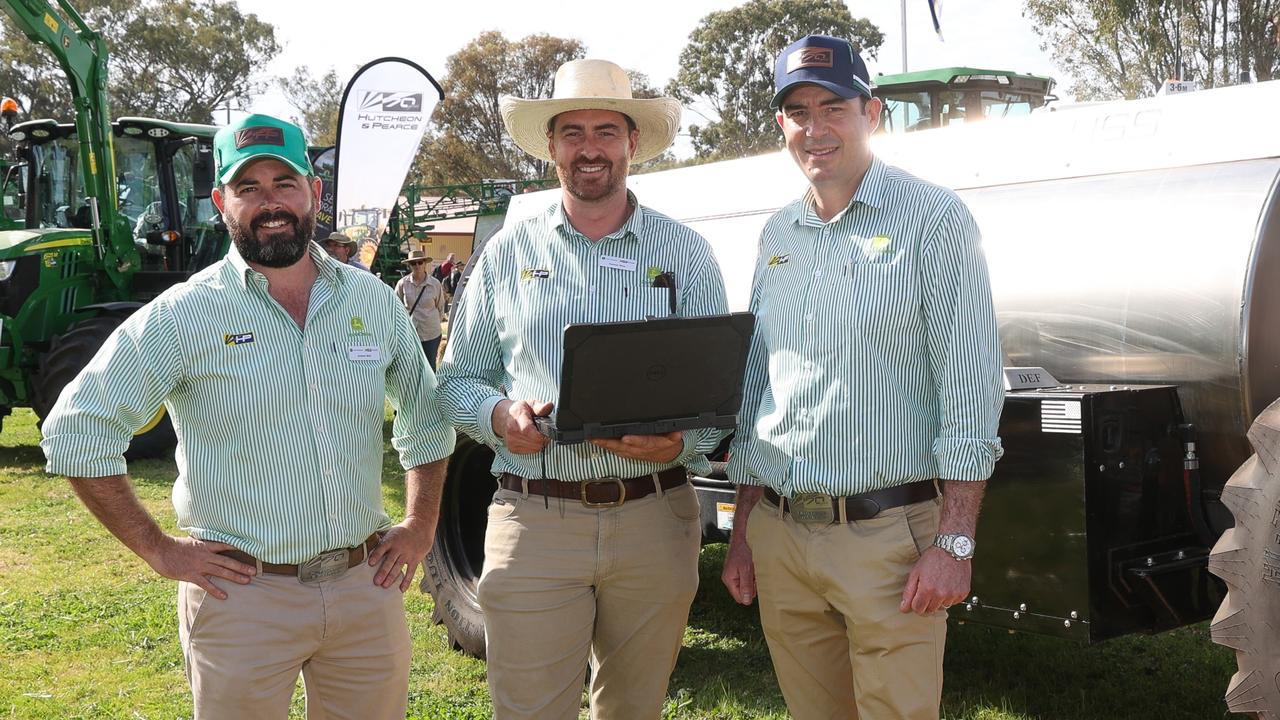New pasture varieties put on display by PGG Wrightson at Elmore Field Days
TWO new pasture varieties will be on display by PGG Wrightson at the Elmore Machinery Field Days.

TWO new pasture varieties will be on display by PGG Wrightson at the field days.
A new phalaris variety called confederate, bred by PGG Wrightson and launched earlier this month, will be exhibited along with a yet-to-be named new annual ryegrass.
Phalaris is a perennial grass that grows mainly in late autumn, winter and spring and the new confederate variety offers better winter production than other varieties, says PGG Wrightson sales agronomist for northern Victoria Matt Mahoney.
“Phalaris traditionally is not good at producing fodder over winter, but this variety has potential for better winter production,” Mr Mahoney said.
“It’s also showing up for being persistent, and maintaining its plant numbers in dryland environments.”
Mr Mahoney said another advantage of confederate was its lower alkaloid levels.
This means cattle and sheep that eat the new variety are less likely to get phalaris toxicity from the pasture, which is a potentially deadly condition in livestock.
Phalaris toxicity can cause both a sudden death syndrome and a staggers syndrome in livestock known as “phalaris staggers”.
PGG Wrightson will also have a new yet-to-be named annual ryegrass on display at Elmore.
“This is a fast-establishing ryegrass and it’s a replacement for (current PGG Wrightson variety) Winter Star II,” Mr Mahoney said. “It’s got very high winter production, but is a late-season ryegrass for an annual variety.
“This is important because it can provide leafy fodder when other annuals have gone reproductive, and shoot up a seed head and lose their quality.”
Mr Mahoney said pasture growth this year had been much better than last year, because of the warmer conditions over winter, but silage and hay production was likely to be problematic after the recent rain.
“It’s mind-boggling about how wet it’s become at the end of the season,” he said.
“The next challenge is getting on to paddocks to cut silage.”


